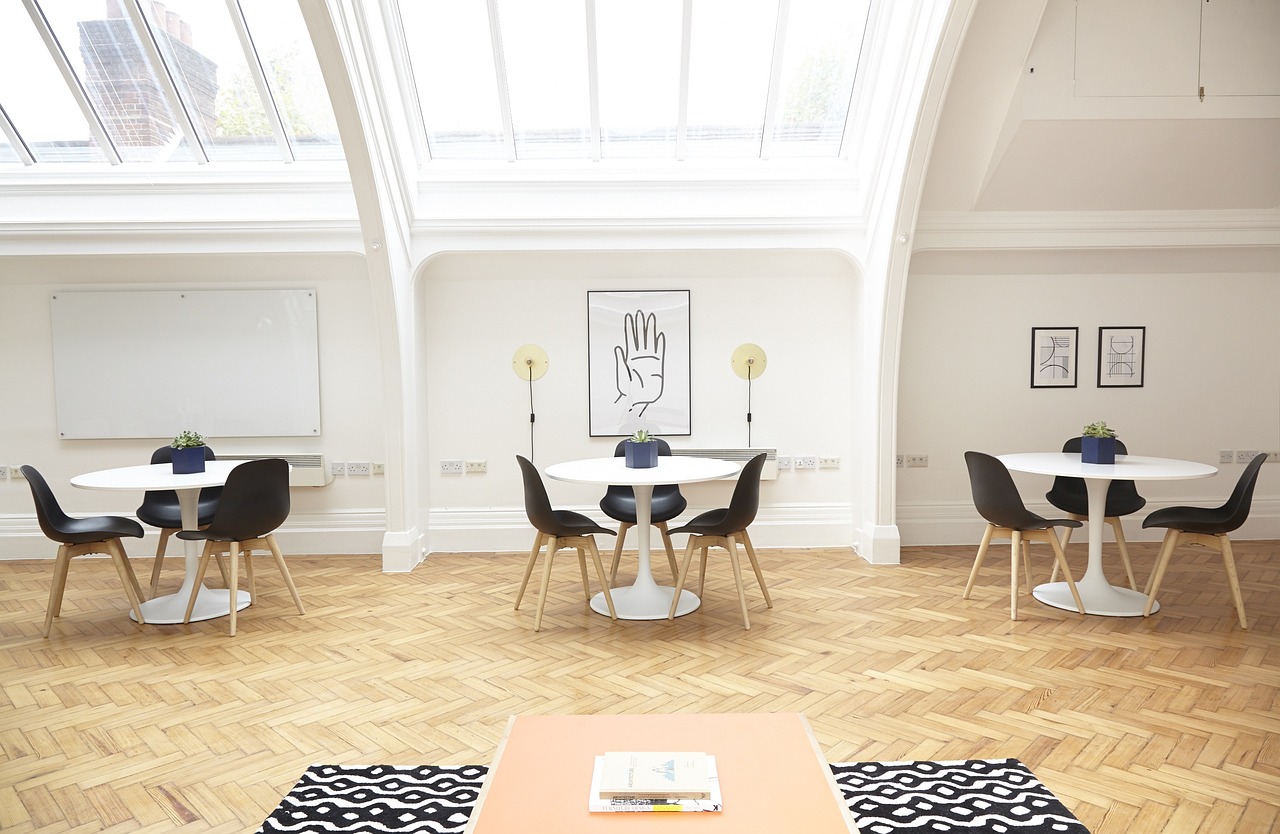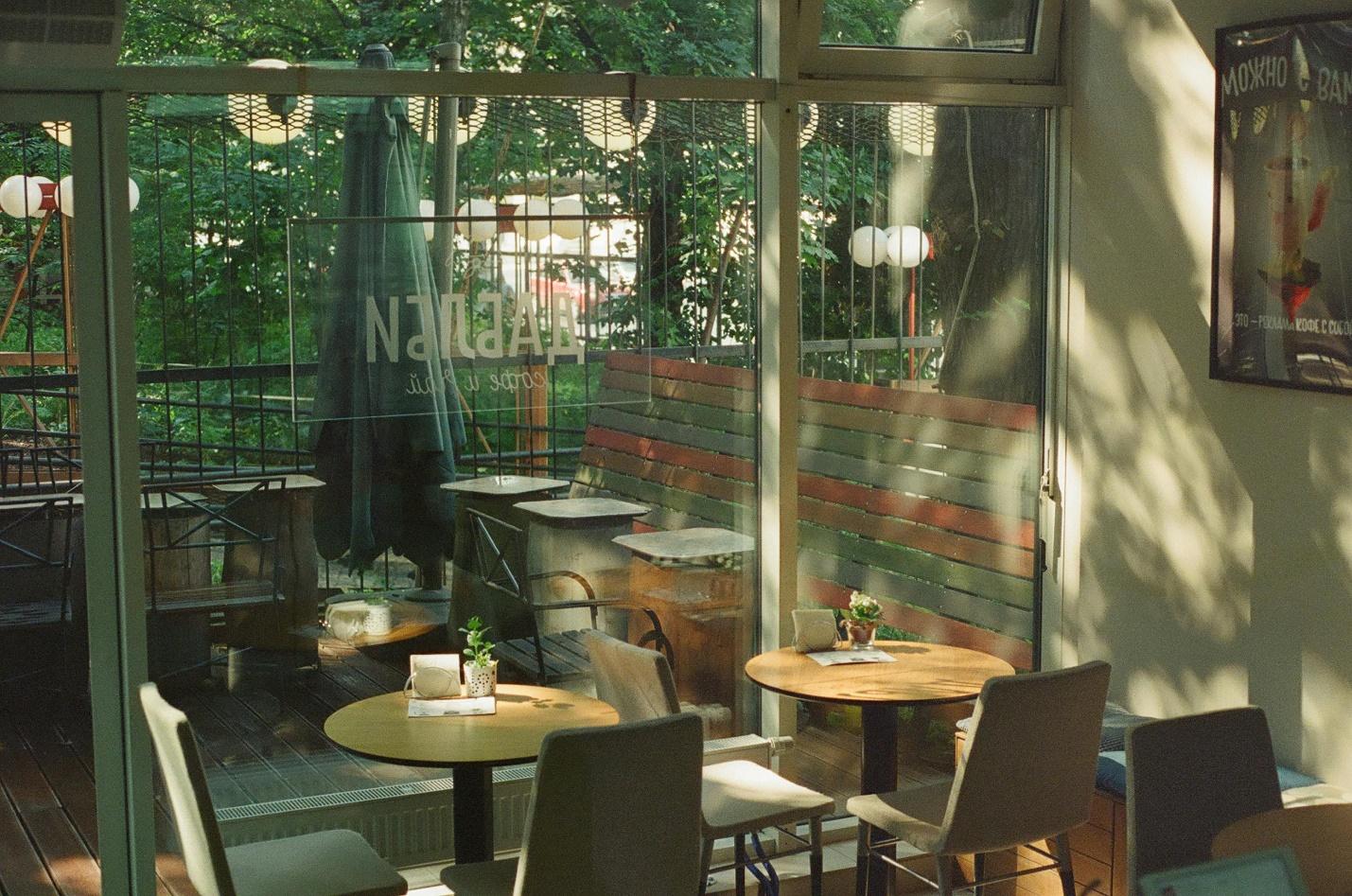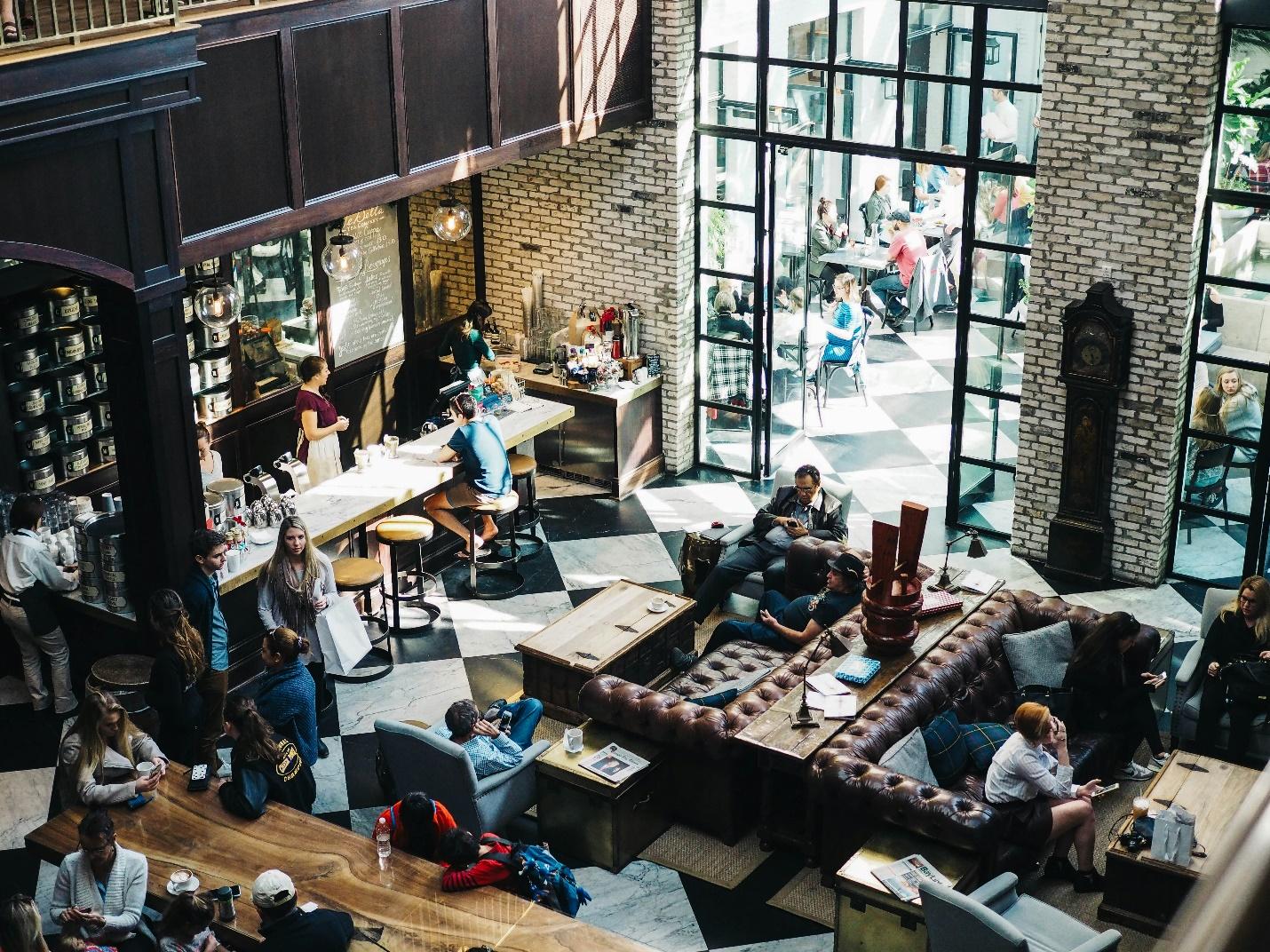
How to Shoot Interior Photography: 21 Interior Photography Tips for Businesses
In our digital age, visual storytelling is paramount for attracting customers. This is especially true for businesses like restaurants, hotels, and interior design firms, where interior photography showcases the very heart of their offerings.
High-quality interior images not only inform but inspire. They evoke emotions, entice potential customers, and solidify your brand identity. Think of those photos that create an immediate desire to book a stay at a luxurious hotel room, or to try out the newest cafe with its vibrant atmosphere.
This blog is your guide to mastering interior photography. Whether you’re doing it yourself or working with a Singapore-based studio like GradePixel, we’ll cover the principles to transform your spaces into compelling visual assets.
Lighting and Composition Techniques for Interior Photography

Lighting and composition are the cornerstones of exceptional interior photography. They have the power to transform a space, highlighting its best qualities and creating a captivating atmosphere within the frame. Here’s why they matter:
- Ambience: The right lighting sets the mood. It can be warm and inviting, bright and dynamic, or even dramatic and moody.
- Emphasis: Composition guides the eye, directing attention to key features or creating a sense of spaciousness.
- Dimension: Clever use of light and shadow adds depth and visual interest, making a two-dimensional photograph feel more three-dimensional.
- Clarity: Well-lit, balanced images present your space with accuracy, fostering trust with potential customers.
Here’s how you should light and compose your interior photography shots:
- Embrace Natural Light: If possible, open curtains and blinds to let natural light create a soft, flattering ambience. Aim to shoot on overcast days to avoid harsh shadows.
- Mix Lighting Sources: For nuanced results, combine natural light with strategic artificial lighting (lamps, softboxes) to fill shadows or highlight architectural details.
- Control Colour Temperature: Ensure a consistent feel by matching the colour temperature (warm or cool) of different light sources.
- Employ Wide Angles: Wide-angle lenses capture more of the room, but use them carefully to avoid distortion. Keep the camera level to prevent tilted lines.
- Play with Perspective: Experiment with different heights and angles for unique viewpoints. Try getting low, or incorporating doorways for visual layering.
- Highlight Key Features: Use composition to draw attention to architectural details, statement furniture pieces, or areas of special interest.
- Declutter, But Not Completely: A space should look tidy, but not sterile. A bit of carefully placed ‘life’ suggests warmth.
Interior Photography Branding Tips

Interior photography doesn’t just depict a space — it should embody your brand’s unique identity. By visually communicating your ethos, you create a cohesive customer experience and establish a deeper connection with your target audience. Here’s why it matters:
- Recognition: Consistent visual storytelling across your interior photos reinforces brand recognition and memorability.
- Differentiation: By showcasing your brand essence, you stand out from competitors.
- Emotional Connection: The right imagery evokes emotions that align with your brand values, fostering deeper engagement.
- Trust: Images that authentically represent your brand inspire greater trust with potential customers.
Here are some branding tips to follow when doing interior photography shoots:
- Define Your Brand Personality: Before the shoot, clearly define your brand’s attributes in a few words (luxurious, minimalist, playful, etc.). Keep this in mind throughout the process.
- Colour as a Tool: Use colour strategically in your shots. Does your brand favour a bold primary palette or calming neutrals? Be sure to leverage colour theory to your advantage.
- Props with Purpose: Include props that reflect your brand, not just generic decor. A boutique hotel might feature elegant toiletries; a trendy cafe could showcase locally sourced ingredients.
- The Human Touch: Depending on your brand, consider incorporating people to add personality and demonstrate how your space is used.
- Consider Your Audience: Does your space cater to families, young professionals, or creatives? Ensure your images resonate with your ideal clientele.
- Embrace Imperfection (Sometimes): While polish is important, overly staged settings can feel inauthentic. Strategic hints of “lived-in” charm might suit your brand.
- Consistency is Key: Maintain a consistent visual style across all interior photography for maximum brand impact.
Innovative Trends in Interior Photography

Staying ahead of the curve in visual storytelling helps your brand stand out in a crowded marketplace. Incorporating the latest trends in interior photography signals that you’re modern, relevant, and attentive to detail. Here’s why trends do indeed matter:
- Freshness: Trend-forward imagery keeps your brand from feeling dated or generic.
- Differentiation: Embracing emerging trends allows you to showcase a unique style that sets your brand apart from the competition.
- Engagement: Visuals that feel current and exciting are more likely to be shared and attract new audiences.
- Client Perception: By demonstrating a keen eye for evolving trends, you suggest an understanding of broader design aesthetics.
Here are some interior photography trends to explore:
- Authenticity Over Perfection: As aforementioned, embrace spaces with a “lived-in” feel — an unmade bed, a book open on the sofa — for warmth and relatability.
- The Rise of Video: Short video clips (room tours, focusing on moving light patterns) add dynamism and create an immersive experience.
- Unexpected Angles: Ditch the standard eye-level shot. Get extremely low, shoot from above, or use reflections for a fresh perspective.
- Focus on Texture: Close-ups of textiles, interesting tile work, or architectural details offer a multi-sensory visual experience.
- Bold Colour Pops: Even brands with a muted aesthetic can add visual interest with strategic bursts of vibrant colour within the frame.
- Sustainability in Focus: Highlight elements of your space that reflect eco-consciousness: natural materials, potted plants, etc.
- Drone Shots: If the property allows, consider aerial photography for unique views, especially for showcasing architectural features or expansive layouts.
Take Your Interior Photography to the Next Level
Interior photography is a powerful tool for businesses. By thoughtfully integrating lighting, composition, branding, and on-trend elements, you can transform your digital presence and create captivating imagery that draws customers in.
While these tips provide a solid foundation, sometimes, the best way to achieve exceptional results is to partner with the experts. That’s where professional photography studios like GradePixel come in. Our Singapore-based team has the skills, experience, and eye for detail to elevate your interior photography.
We understand the nuances of showcasing hospitality spaces, F&B establishments, and stunning interior designs. Whether you need interior photography services to revamp your website or food photography to create scroll-stopping social media content, we’re always ready to collaborate.
GradePixel: Your Partner for Visual Storytelling Success
Let’s transform your business with breathtaking interior photography. Contact us today to explore how our services can make your spaces shine online!


